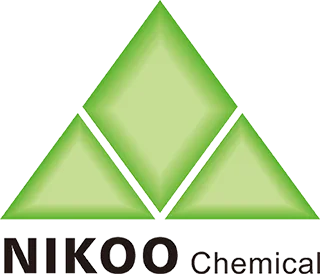How to professionally test the longevity of a perfume
To professionally test the longevity of a perfume, it is necessary to combine human sensory evaluation with instrumental analysis while strictly controlling the testing conditions. The following is a systematic testing method and key influencing factors:
I. Professional sensory testing method (human evaluation)
Standardized skin testing method
- Testing area: Select the inner side of the wrist, behind the ear, or the inner side of the elbow (areas with stable body temperature and minimal friction).
- Cleaning Requirements: Clean the skin with unscented soap before testing to avoid residual interference.
- Spray specifications: Apply a uniform number of sprays (typically 1–2 sprays) and record the initial time.
- Sniffing intervals: Sniff at specific time intervals (0 minutes, 30 minutes, 1 hour, 2 hours, 4 hours, 6 hours, etc.), recording fragrance intensity (+++ strong, ++ noticeable, + faint, - undetectable) and fragrance note changes.
- Termination criteria: The fragrance retention test ends when the fragrance completely disappears (only detectable when pressed against the skin).
Accelerated testing instrument-assisted method
- Instrument principle: Accelerate fragrance evaporation using a constant temperature and humidity device (20–32°C) and controllable airflow speed (e.g., 5.53 m/s) to shorten the testing cycle.
- Operational Process:
Weigh the sponge ball after soaking it in perfume, then secure it inside the test chamber;
Multiple scent evaluators sniff at a distance of 5 cm at regular intervals (every 10 minutes);
Compile the assessment results from three or more evaluators to determine the fragrance retention time.
- Advantages: Mitigates individual differences (e.g., body temperature, skin type) to achieve laboratory-level reproducibility.
II. Instrumental Analysis Testing Method (Objective Data)
- Gas Chromatography-Mass Spectrometry (GC-MS)
Analyzes the release curve of volatile components and quantifies the concentration of fragrance molecules at different time points.
- Liquid Chromatography-Time-of-Flight Mass Spectrometry (LC-Q-TOF-MS)
Detects the residual amount of non-volatile components (such as fixatives) and complements GC-MS's analytical blind spots for polar molecules.
- Electronic Nose (E-Nose) Technology
Simulates human olfaction by recording the decay of fragrance intensity through a sensor array, avoiding sensory fatigue errors.
- Fragrance Retention Performance Tester
Evaluates the fragrance retention capability of packaging materials (e.g., film permeability rate), suitable for product storage research.
III. Key Factors Affecting Fragrance Retention Time
- Perfume Concentration Grades
Perfume (Parfum) >8 hours, Eau de Parfum (EDP) 5–6 hours, Eau de Toilette (EDT) 3–4 hours, Eau de Cologne (EDC) 1–2 hours.
- Formulation Technology
Fixatives: Resins, synthetic musks, or new polymers (e.g., Citropol®F) extend fragrance retention by reducing evaporation rates or forming a fixed fragrance film.
- Environmental and Individual Variations
Temperature, humidity, and wind speed accelerate evaporation; dry skin retains fragrance for shorter durations than oily skin.
IV. Practical Application Recommendations
- Consumer Self-Testing: Use the wrist test method, repeating multiple times to calculate the average value.
- Brand R&D: Combine accelerated testing instruments with LC-Q-TOF-MS to optimize the fragrance retention system in formulations.
- Quality control: Use an electronic nose to establish fragrance fingerprint spectra to ensure batch consistency.
Summary
Professional testing requires a dual approach of “sensory + instrument”: human assessment simulates real-world usage scenarios, while instrument analysis provides objective data. Additionally, fragrance longevity is influenced by concentration, formulation technology, and environmental factors, so results must be interpreted under controlled conditions. For general users, the wrist timing sniffing method (combined with a record sheet) is the most feasible self-testing solution; corporate R&D requires laboratory equipment for in-depth analysis.

